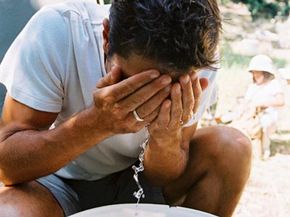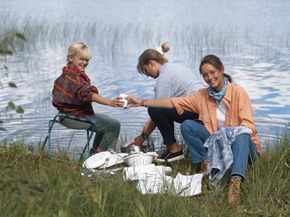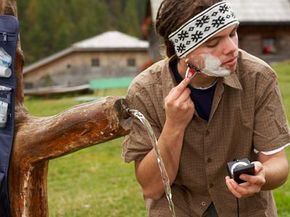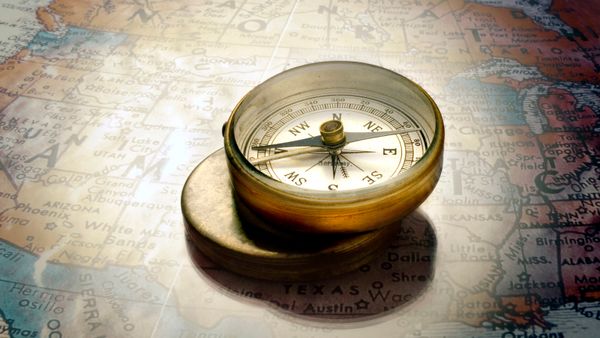When you're wading in a cool mountain stream, and you can see your toes in the sand, you assume the water's safe to drink. But even water that looks perfectly clear may harbor a variety of bacteria, parasites and protozoa that can make you very ill. You can't tell from smelling or taking a small taste whether water is safe to drink. Even water from spigots in campgrounds may not be. When you're camping, unless there's a sign that specifically states that water is safe to drink, you should take precaution and treat it.
Portable water filters are probably the easiest and safest way to treat water for drinking. There are many choices in water filters. The least expensive may cost less than $20, while more expensive filters can cost several hundred. For the average user, it's possible to find a perfectly functional water filter for less than $100.
Advertisement
You should expect water from different areas to have its own unique flavor, but the process of filtering the water doesn't make it taste funny. Water filters work by capturing the microscopic life that lives in abundance in freshwater.
The consequences of drinking untreated water can be severe. Water that tastes fine can contain bacteria, parasites and protozoa that cause nausea, diarrhea, loss of appetite, fatigue and vomiting. Some of the diseases spread through a contaminated water supply are botulism, cholera and dysentery. Parasitic infestations from contaminated water can lead to the development of rashes, muscle aches, fever, chills, coughs, neurological symptoms, jaundice and malnutrition. While most illnesses from drinking contaminated water cause discomfort for a few days or weeks, others can be deadly.
Advertisement



